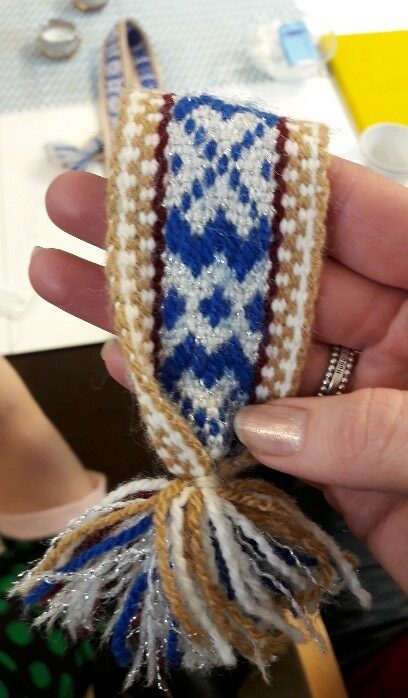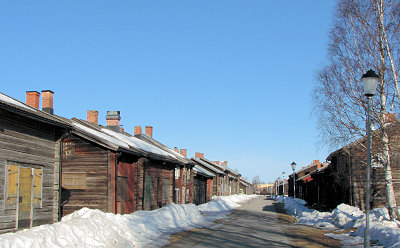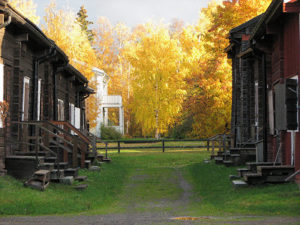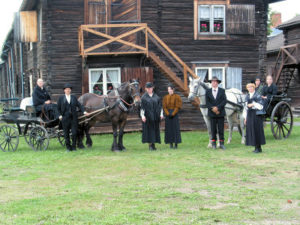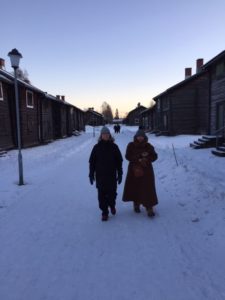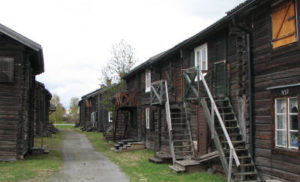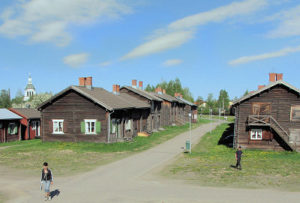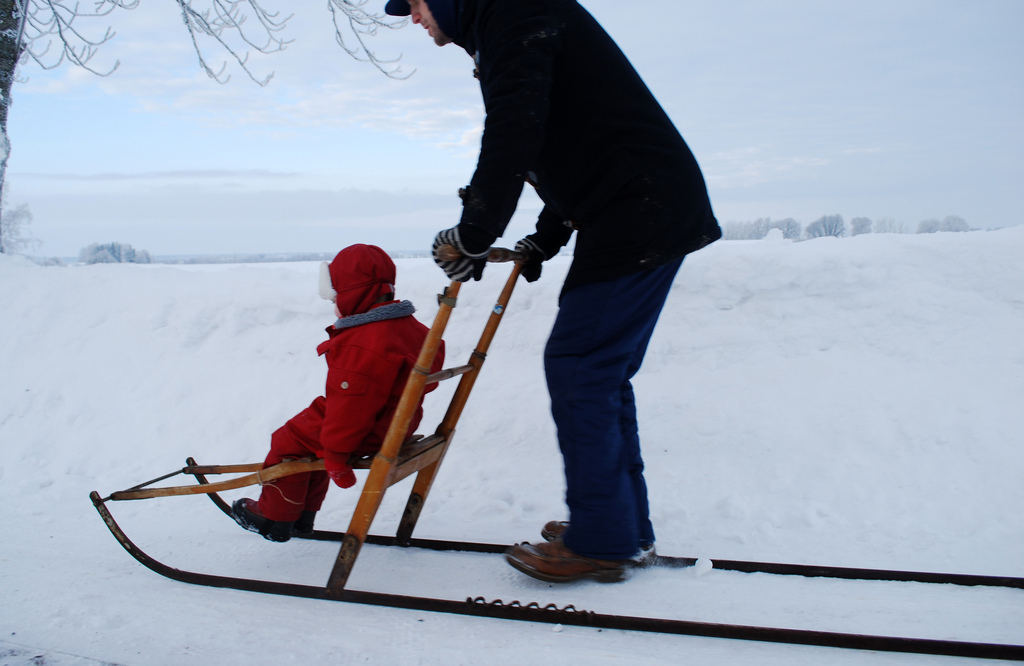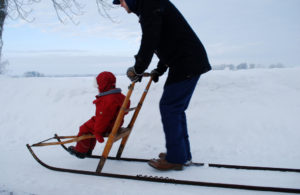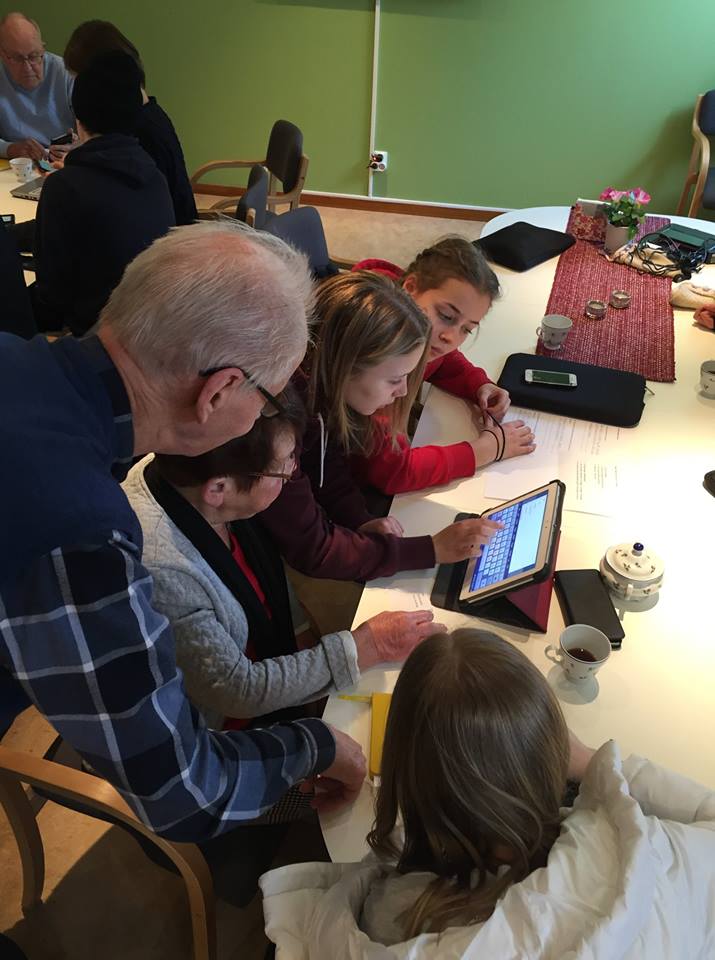Under workshopsen I Place EE I Skellefteå så pratade vi om förändringen som skett inom teknologi och i vilket takt förändringen har skett. Några av seniorerna som deltog berättade om sina tidigare yrken och fritidsintressen, detta ledde till intressanta diskussioner kring hur saker och ting har förändrats över tid. Detta gav de yngre deltagarna en värdefull insyn i de förändringar som de äldre har varit med om och hur det kan påverka deras förmåga att lära sig ny teknik.
Som ett sätt att bryta isen tidigt i workshopsen bad vi seniorerna att se över sina hem och ta med objekt som de ansåg hade en kulturell betydelse eller något som har förändrats med ny teknik. Vi hade väldigt kul när vi försökte gissa vad objekten hade för användningsområde!
Cultural relics from Skellefteå
During the Place EE workshops in Skellefteå we talked about the pace of change to technology. Some of the older citizens in the group talked about their careers and hobbies and we had interesting discussions about how things had changed over the years. This gave the younger people a useful insight into the challenges older people can face when they begin to use new technology.
As a way to break the ice in the early workshops we asked our older citizens to look at home and bring in some objects that they thought had cultural significance or showed how technology had changed. We had a lot of fun trying to guess what some of the things were!
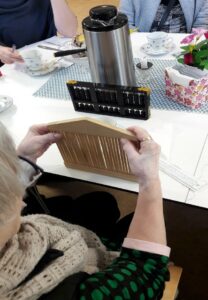
(Fig.1)

(Fig. 2)
Figur 1 och 2 visar olika typer av abakuser som användes tidigare innan miniräknare och datorer.
Figures 1 and 2 show different types of abacuses that were used before the widespread use of calculators and computers.
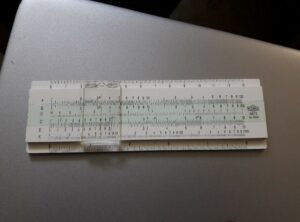
Fig. 3 Visar en räknesticka, en linjal som använder logaritmer för att utföra beräkningar.
Fig.3 Shows a sliding ruler. A device that uses logarithms to allow the user to perform calculations.
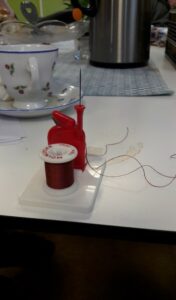
Fig 4. Ett verktyg för att trä på tråd på nål, används för hantverk och broderi.
Fig.4 A tool to thread a needle used in haberdashery and embroidery.
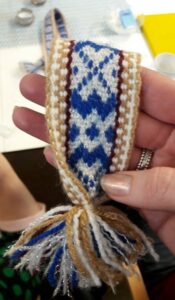
Fig 5. Ett broderat band i traditionell svensk design.
Fig.5 An embroidered ribbon in a traditional Swedish design.


